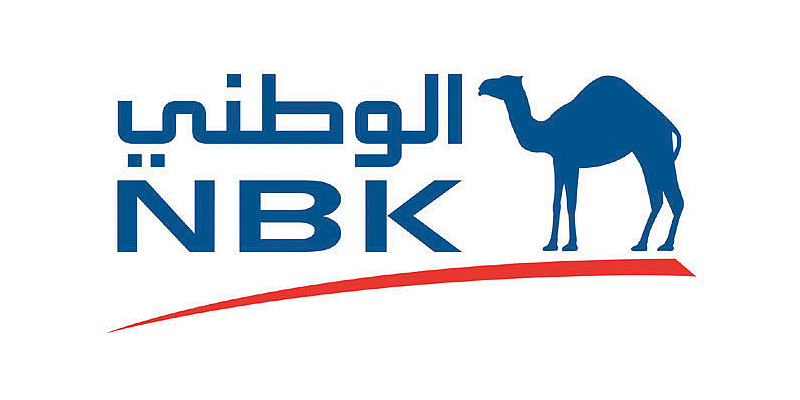OPEC+ continues to pare back supply as crude stocks fall
KUWAIT: Oil prices recorded their first monthly decline of 2019 in May, with international crude benchmarks Brent and West Texas Intermediate (WTI) declining by at least 11 percent m/m to $64.5/bbl and $53.5/bbl, respectively, by month's end. Oil's performance in May was its worst for that month in seven years.
Oil, along with international financial markets more broadly, has been buffeted by increasing market anxiety over the negative impact on global economic growth of the deteriorating US-China trade relationship. Oil prices suffered their biggest one-day sell-off of the year on the 23 May, falling by 4.5 percent on a combination of trade worries and rising US inventories, both of which the market took to be bearish for oil demand.
Then, as May drew to a close, prices were pummeled by US President Trump's surprise announcement of a 5 percent tariff on all Mexican imports to the US from 10 June, as he raised the pressure on the Mexican government to halt the flow of illegal immigrants to the US. Worries over the outlook for oil demand growth were also not helped by the International Energy Agency's (IEA) downward revision-albeit a slight one-to global oil demand growth in 2019
Geopolitical risk is high though
Oil's fall in May came despite rising geopolitical risks and continuing evidence of market tightness. The US's ending of sanctions waivers for some of Iran's largest crude importers on 2 May, as it vowed to bring Iranian exports down to "zero", threatens to intensify global supply constraints amid the OPEC+ production cut agreement and while the probability of continued low or declining supplies among oil producers such as Venezuela (socio-economic strife and sanctions), Libya (civil-military conflict), Canada (production restraint) and Russia (pipeline contamination) remains acute.
The potential for a positive knock-on effect on oil prices also increased after regional tensions spiked in the wake of the alleged sabotage of five oil tankers off the coast of Fujairah in the UAE and the drone attack on Saudi oil facilities by suspected Houthi rebels.
OPEC+ continues to pare back supply
OPEC+, for its part, notched up another month of over-compliance in April, paring back crude production as it looked to drain excess supplies from the market. Aggregate output was 43.7 mb/d, with overall compliance reaching 150 percent. Indeed, April was the first time in sixteen months that both OPEC and its non-OPEC partners complied fully with the supply agreement. Non-OPEC members reached 150 percent, thanks mainly to lower supply from Kazahkstan due to field maintenance. Russia's compliance rate reached 80 percent in April, helped in part by the Druzba pipeline contamination.
Among OPEC members, Saudi Arabia continues to do the heavy lifting, bringing its output down to 9.74 mb/d in April, a full 569 kb/d below its official quota (277 percent compliance). GCC oil producers Kuwait and the UAE recorded compliance rates of 132 percent and 112 percent, respectively. Among the large OPEC oil producers, only Iraq (16 percent) and Nigeria (-153 percent) have yet to fully comply with the supply pact.
Crude supply tightens
According to the IEA, OECD commercial crude and petroleum product stocks-a proxy for global inventories-fell for the second month in a row in March, by 25.8 mb to 2,849 mb. The decline was considerably more than the five-year average of 4 mb typical for that time of the year and left stocks 2.2 mb below the five-year average at end-March. Global stocks, in terms of forward demand cover, currently amount to 59.8 days, which is the lowest since July 2018.
According to the IEA projections for demand and non-OPEC supply growth in 2019 and our own estimates for OPEC crude production, the market is likely to witness stock draws of an average of 0.63 mb/d over the second and third quarters of the year as supply lags demand. In 4Q19, demand will slightly undershoot supply, leading to small stock build of 0.14 mb/d. Of course, a number of assumptions are inherent in this scenario: OPEC and its partners continue with their production cut accord (with output at roughly April's levels) during the second half of the year; non-OPEC supply growth, driven by US shale, does not surprise on the upside; and oil demand growth remains healthy. Deteriorating global trade, sparked by the US-China trade tariff dispute is at the moment the single biggest risk to the global economy, with the potential to significantly upend the current demand growth forecast and send oil prices downwards.
In May, the IEA already revised down its demand growth estimate for 2019, by 90 kb/d to 1.3 mb, due to below-forecast growth in Brazil, China and Japan in 1Q19. The agency did note, however, that 1Q19 softness could be limited to that quarter and, notwithstanding global trade tensions, the pace of demand growth could accelerate during the rest of the year. The onset of the US and northern hemisphere driving season, for example, when demand for gasoline traditionally rises, would be positive for oil demand. OPEC and its partners will be encouraged by the above metrics suggestive of a tightening market ahead of their biannual ministerial meeting this month. In view of the still-delicate oil market dynamics, the expectation will be that, at Saudi Arabia's behest, the OPEC+ group will likely roll over the production cuts until the end of the year.










